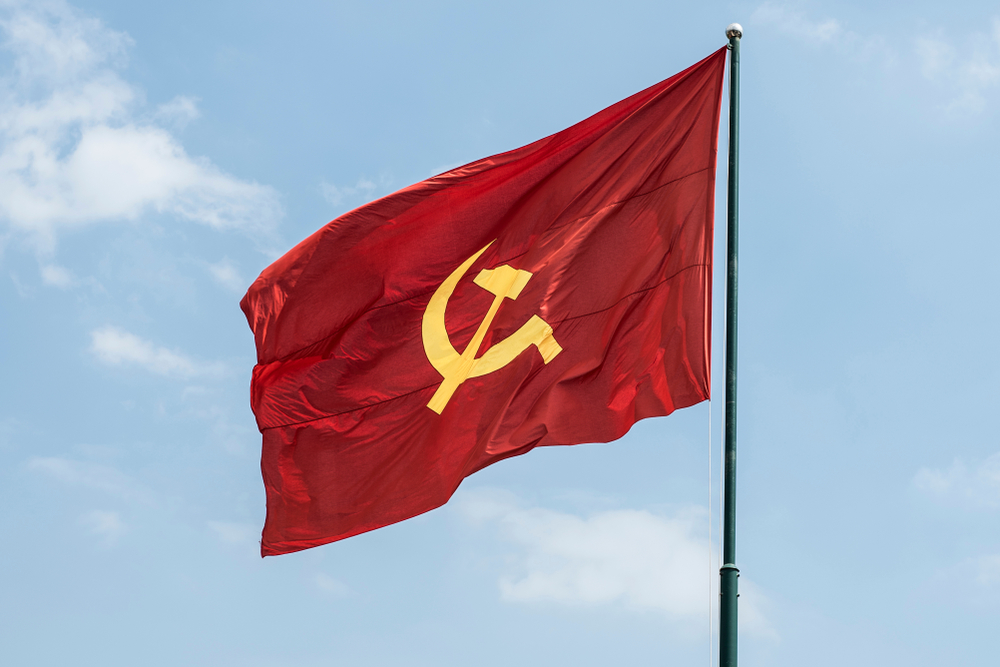4. The Chinese Revolution

-
1911
Between 1911 and 1949, China saw a series of major political changes that finally led to Communist Party leadership and the founding of the People’s Republic of China. The imperial Manchu monarchy was overthrown in 1912 by a nationalist uprising. The Nationalists were constantly challenged by the developing communist movement under the leadership of Sun Yat-Sen and Chiang Kai-shek.
The communists’ 10,000-kilometer Long March towards the northwest, which they took from 1934 to 1935 to avoid Kuomintang surveillance, ended in Mao Zedong’s rise as a communist ruler. Numerous Chinese political entities combined military assets against the Japanese enemies during World War II, but the conflict flared up again in 1946, resulting in open civil war.
Mao’s forces were the core of the Red Army, which reignited the civil conflict against the nationalists in 1949, destroying them near Huai-Hai and Nanjing. The Kuomintang was crushed in Nanjing in 1949, forcing them to evacuate to Taiwan. With Mao Zedong’s guidance, communist law was introduced in the People’s Republic of China.






















